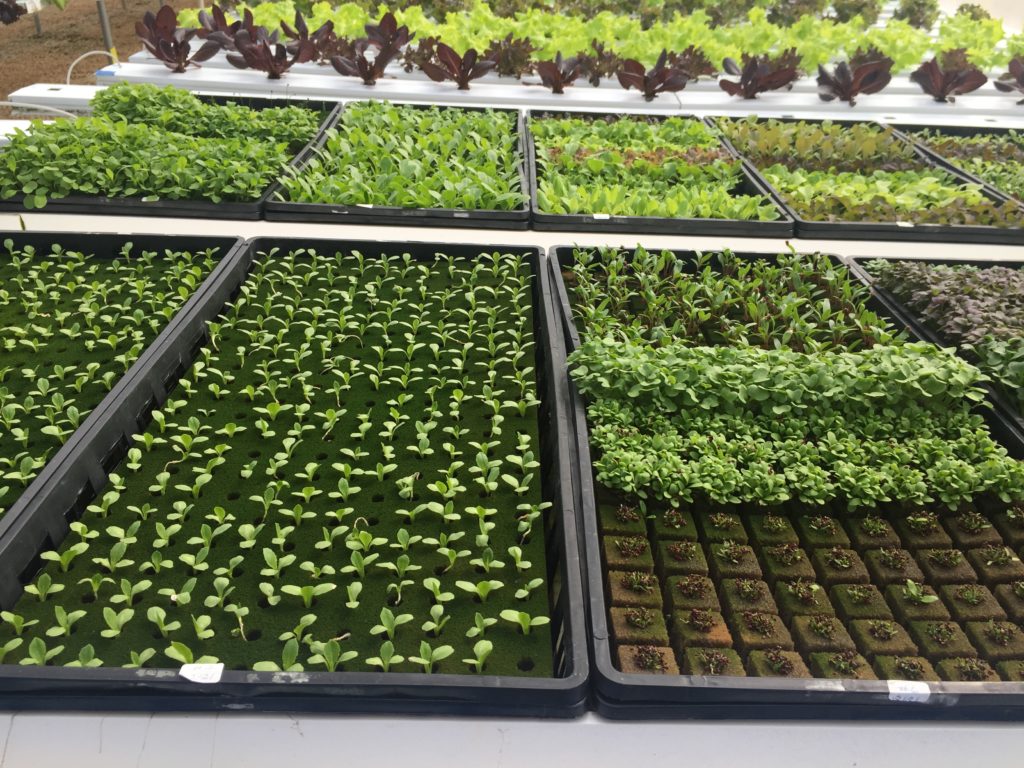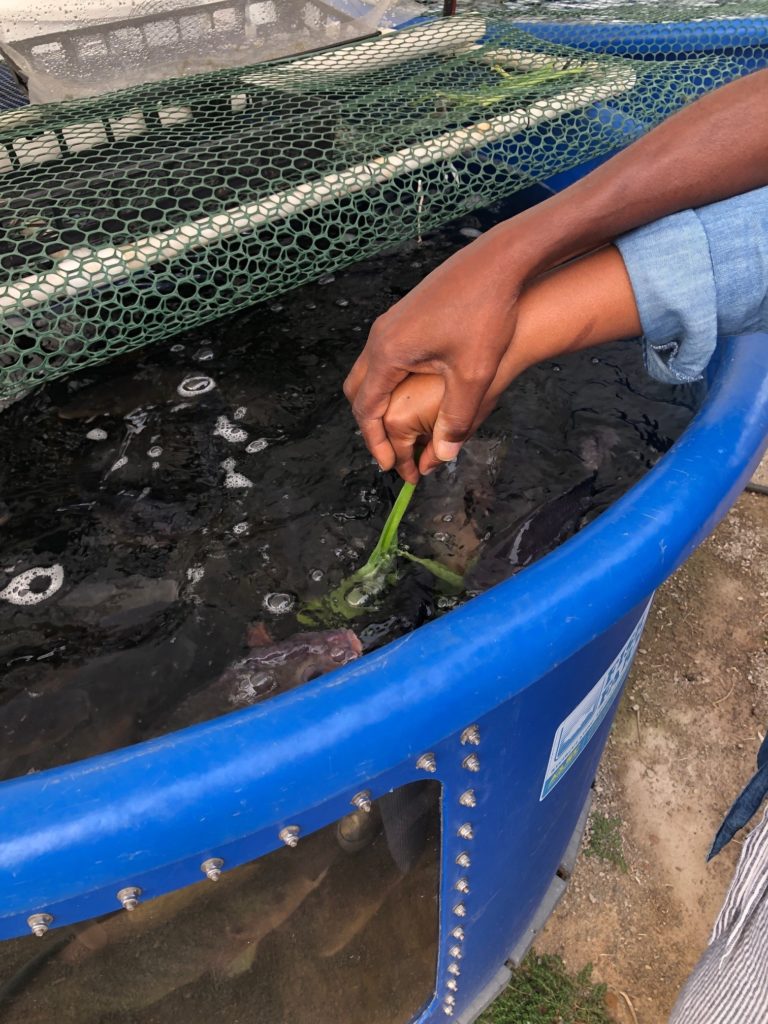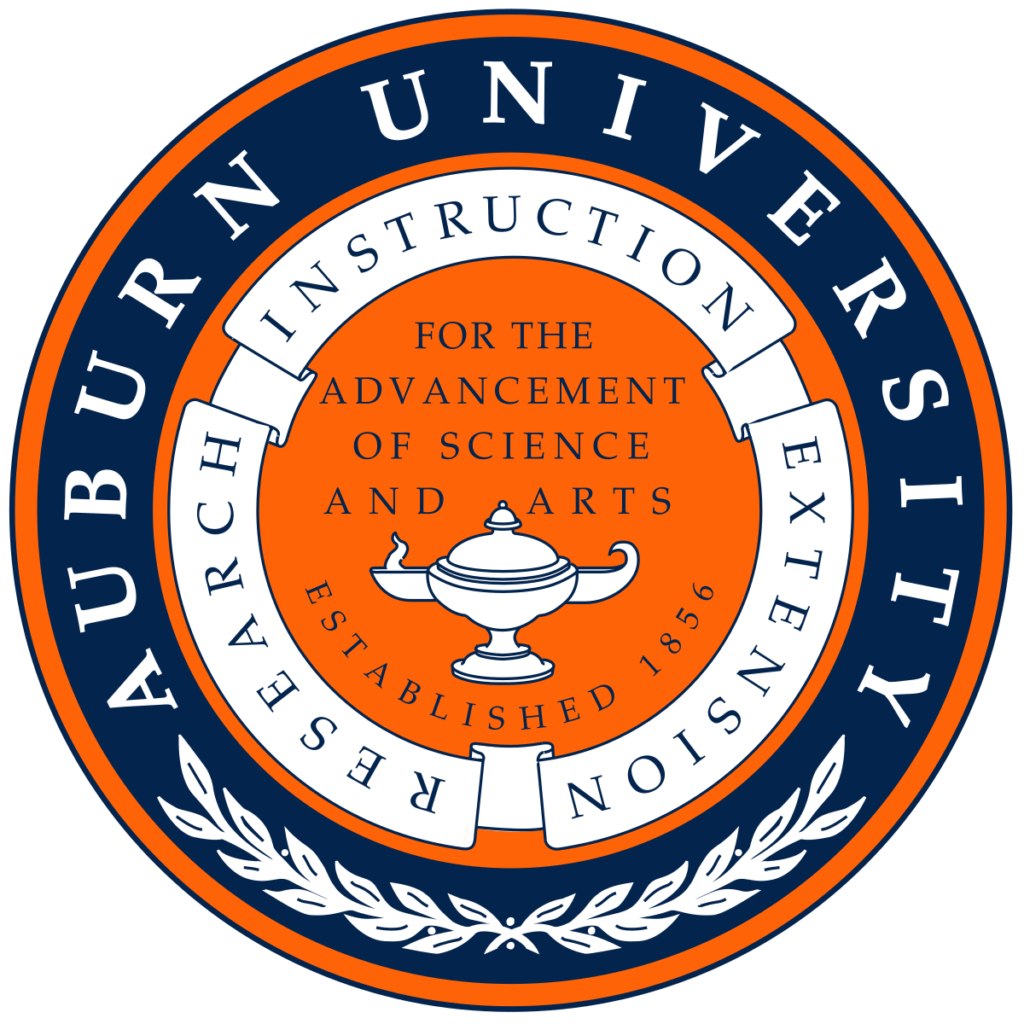By Kristin Woods and Camila Rodrigues
Controlled environment agriculture (CEA) is a system in which plants are grown intensively within a temperature, water, light and carbon dioxide-controlled environment that can be used to optimize plant production and use of resources. The CEA growing method is sometimes promoted as more environmentally friendly, due to the more efficient use of nutrients and water. It also can be safer, due to reduced exposure to environmental hazards. While some hazards, such as exposure to animal feces or windborne contamination, can be reduced or even eliminated altogether, CEA presents other challenges unique to its warm and high-moisture environment.

SYSTEM BENEFITS
According to the U.S. Department of Agriculture (USDA) 2017 Ag Census, greenhouse production of fresh produce increased 24% from 2012 to 2017. Overall growing acreage declined during the same time period. The efficiencies of CEA and the ability to use less acreage by farming vertically seem to have some unique benefits for feeding a world population that is expected to peak at between 9.7 and 10.7 billion before the end of the current century.
CEA may be just the boost needed while we continue to build regenerative soil-based systems that have the added benefits of carbon sequestration and climate unpredictability risk mitigation for farmers. CEA also aligns well with regional food system development strategies since the growing season can be expanded, growing areas are small enough to be established in urban or suburban areas, and plants can be grown year-round.
FOOD-SAFETY RISKS
Until the 2021 salmonellaoutbreak that implicated a hydroponic grower as the cause of at least 31 people becoming ill, the risks associated with CEA flew mostly under the radar. Nevertheless, the inherently consistent warm and moist environment differs from soil-based systems where the fluctuating environmental conditions and competition from naturally occurring beneficial microbes can be an asset to diminishing pathogen growth and survival.
Like any enclosed building, a CEA system could be subject to invasion by small animals, including rodents. The risk posed by these critters could be increased because of the water present throughout the growing environment.
While CEA certainly has an advantage of being able to exclude animals nearly entirely, the overhead structures themselves could become a source of contamination if condensate develops and drips into the system. Overhead electrical, cooling, water lines and lights are usually cleaned yearly. However, observation of dust buildup or environmental monitoring results could dictate a more frequent schedule. The expense and time devoted to taking a CEA system offline for top-to-bottom cleaning is a definite consideration.
Rafts and soilless media used in CEA are handled multiple times in some systems and stay in contact with water and nutrient solutions. This creates a perfect environment for pathogen growth and survival. Additionally, if environmental testing indicates a problem, rafts and media are notoriously difficult to clean and sanitize.
While UV treatment has been shown to reduce pathogen loads in water and on hard surfaces, it lacks residual effect. So once the water leaves the direct influence of the UV light, pathogen regrowth can occur. Additionally, UV light lacks effectiveness on penetrating biofilms and does not reach nooks and crannies outside of the direct UV light.
Although not unique to CEA, cutting blades, conveyors and packaging equipment can pose elevated risk because of the potential for water carried over from the growing area to make the processing and packing area moister than it would be otherwise.
In aquaponic operations, recirculating water and the use of biofilms to convert fish waste nutrients into forms useable by plants presents an additional challenge. Since treating the water with sanitizers would harm beneficial biofilms along with pathogens, operators must prevent these beneficial biofilms from becoming contaminated with pathogens in the first place. A worker training program emphasizing hygiene and minimizing hand contact with water becomes extremely important.

SAFETY STRATEGIES
There are several ways that CEA operators can ensure that the fruits and vegetables coming out of the system are as safe as they possibly can be. Here are some strategies:
- Have a supplier approval process that includes collecting information about how the supplier minimizes contamination on the seeds, nutrients, equipment, tools and packaging that they are providing to you.
- Make sure everyone that works in the growing, packing and storage areas has a basic understanding of food-safety risks. The training should emphasize the CEA specific risks and include the importance of minimizing hand contact with water and keeping dry areas of the growing area as dry as possible.
- Have a robust master sanitation schedule that includes daily cleaning of frequently used tools/equipment and high-traffic areas to prevent the buildup of dirt, debris and biofilms. Include weekly, monthly and yearly cleaning of other areas.
- Make sure that everyone who works in an aquaponic operation has a basic understanding of how the system functions and depends on a delicate balance that includes beneficial microbes. This knowledge, combined with basic food-safety information, will arm workers with strategies to keep the system safe.
Remember that the hazards that can lead to foodborne outbreaks are present in any production system. Focusing on the how the differences presented by CEA systems affect risk is key to risk reduction.
For more information about CEA and addressing food safety risk, check out the new Alabama Greenhouse Vegetable Handbook (aces.edu/go/greenhouse) and USDA’s Good Agricultural Practices for Aquaponic Operations (ams.usda.gov/services/auditing/gap-ghp/aquaponics).
Kristin Woods is a regional Extension agent and Camila Rodrigues is an assistant professor and Extension specialist, both at Auburn University.










